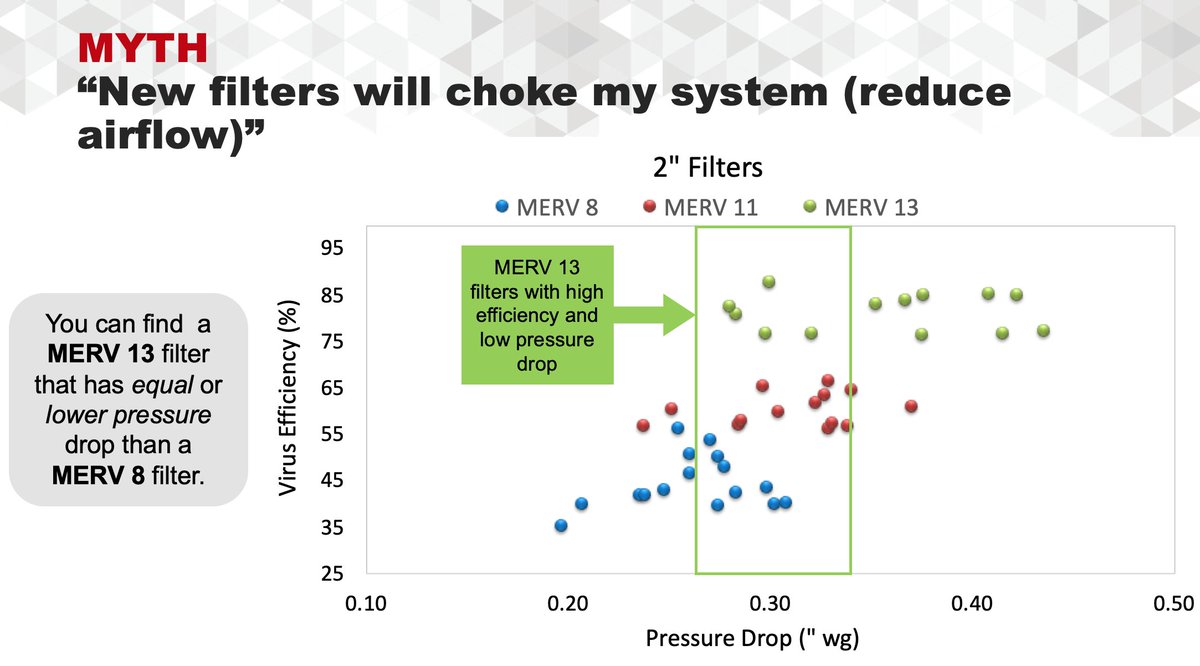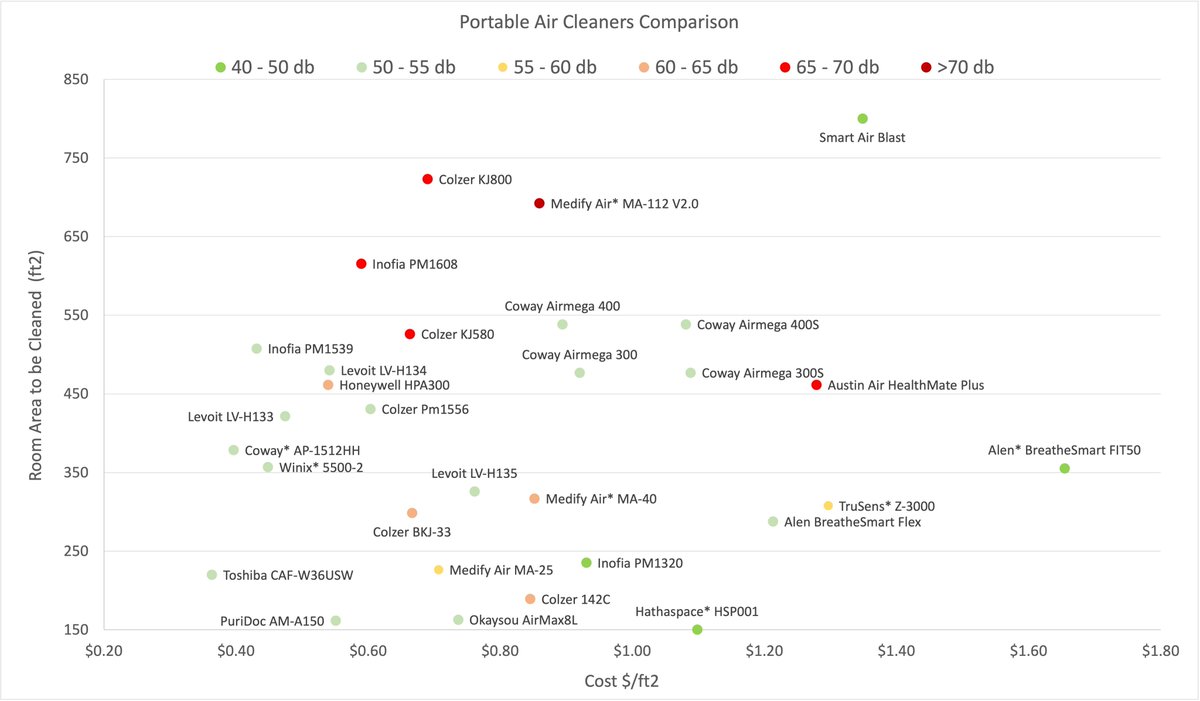
The defeat of ions.
Thread about Needle Point Bi-polar Ionization.
What the manufacturer claims versus what independent studies report.
@ShellyMBoulder @jljcolorado @JimRosenthal4
Thread about Needle Point Bi-polar Ionization.
What the manufacturer claims versus what independent studies report.
@ShellyMBoulder @jljcolorado @JimRosenthal4
What the manufacturer claims?
I will focus on three claims: reduction of PM count by agglomeration, surface inactivation of COV-2, removal of VOCs + formaldehyde.
-GPS+MERV 8 reduced particle count concentration by 89.7%
-GPS report 99.8% SARS-COV-2 surface inactivation

I will focus on three claims: reduction of PM count by agglomeration, surface inactivation of COV-2, removal of VOCs + formaldehyde.
-GPS+MERV 8 reduced particle count concentration by 89.7%
-GPS report 99.8% SARS-COV-2 surface inactivation


What the independent studies by subject matter experts found (device tested is produced by GPS).
Claim of reduction of particulate matter concentration: False.
Source: sciencedirect.com/science/articl…
@stephensbrent @etgall

Claim of reduction of particulate matter concentration: False.
Source: sciencedirect.com/science/articl…
@stephensbrent @etgall


What the independent studies by subject matter experts found (device tested is produced by GPS).
Claim of very high efficiency regarding viruses: not verified.
Picture below show very little effect - you will need to subtract the natural decay + the filter impact.
Claim of very high efficiency regarding viruses: not verified.
Picture below show very little effect - you will need to subtract the natural decay + the filter impact.

What the independent studies by subject matter experts found (device tested is produced by GPS).
Surface inactivation of virus: not different than letting the virus naturally decay.
Source: jp.trane.com/content/dam/Tr…
Surface inactivation of virus: not different than letting the virus naturally decay.
Source: jp.trane.com/content/dam/Tr…

What the independent studies by subject matter experts found (device tested is produced by GPS).
Claim of no by-products: False. The device increased some VOCs.
Source: sciencedirect.com/science/articl…
Claim of no by-products: False. The device increased some VOCs.
Source: sciencedirect.com/science/articl…

What the independent studies by subject matter experts found (device tested is produced by GPS).
Claim of formaldehyde (a known human cancerogenic) removal: False.
Claim of formaldehyde (a known human cancerogenic) removal: False.

What did I miss?
More to come soon.
More to come soon.
• • •
Missing some Tweet in this thread? You can try to
force a refresh





